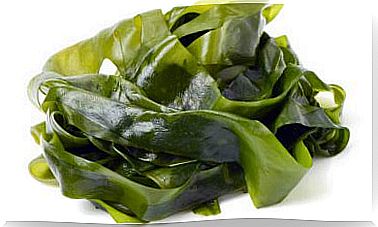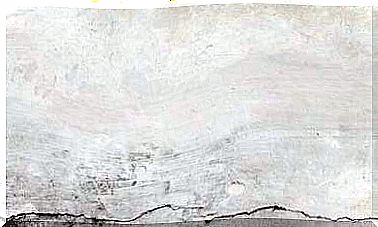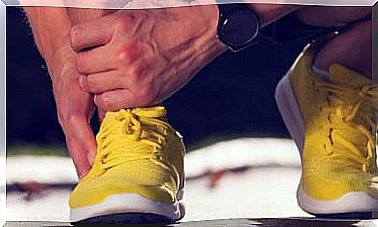12 Different Ways To Use Aluminum Foil At Home
Aluminum foil is a product that is used in many homes for the storage of various types of food. They are thin and flexible sheets that can cover various types of elements very easily.
Most people have it stored in their kitchen pantry, as, as we said, it is usually necessary for packaging meals. However, beyond this utility, there are other ways to get out easier to do tasks ho gar.
Uses of aluminum foil
Next, we want to reveal 12 of its alternative uses so that you do not hesitate to take them into account when necessary. But before going with it, it is important to clarify that some of them require certain precautions.
1. Sharpen the scissors
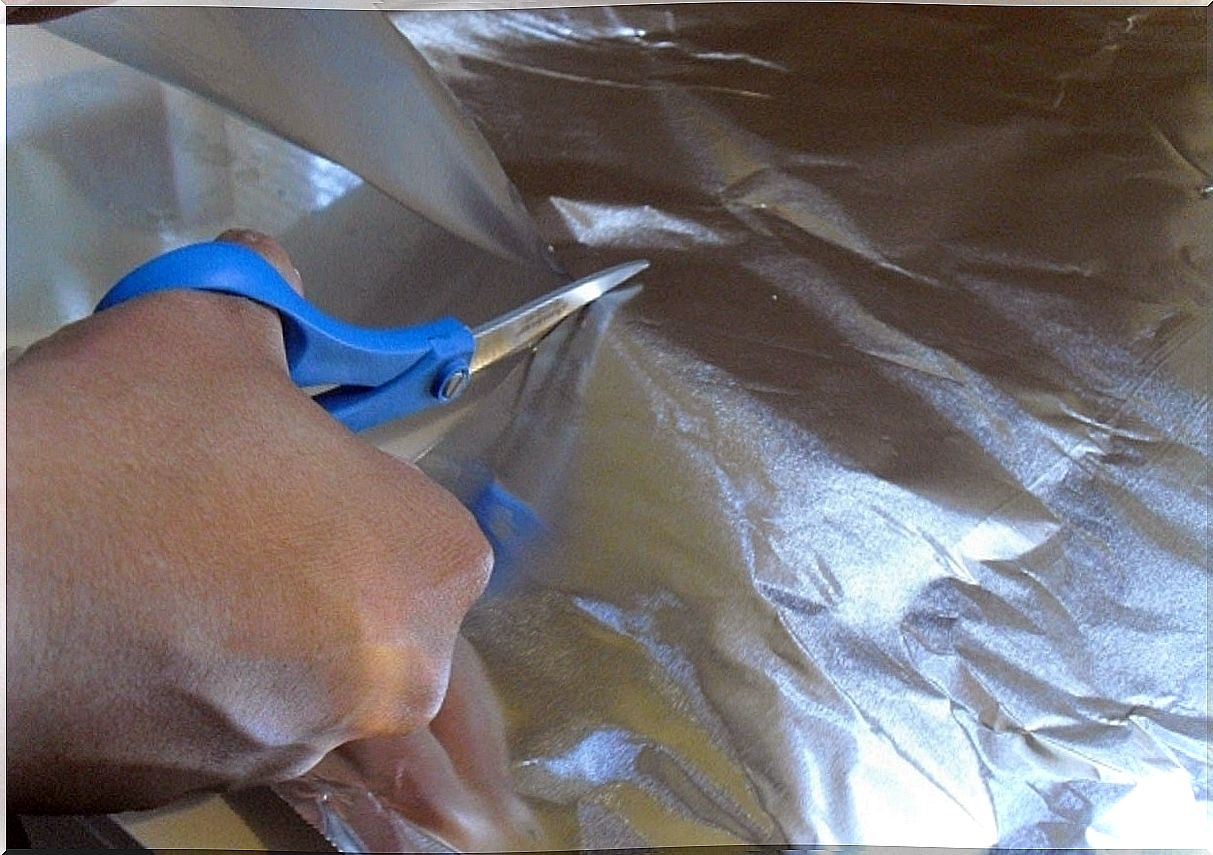
If your scissors aren’t cutting like they used to and you suspect they aren’t sharp enough, grab a piece of aluminum foil. Then fold it into several pieces and, when it is a little thicker, cut repeatedly to sharpen it.
2. Clean silver
When you notice that your silver objects are opaque, cover a container with a large piece of aluminum foil, add hot water and a little salt. Next, submerge the items you want to clean and leave them for 20 minutes to achieve the desired effect. Many claim it works!
3. Take advantage of the heat from the stove
Cover a wooden board with this type of paper and then put it behind the stove, on top, in order to avoid the loss of heat that usually goes towards the wall. For this use, keep in mind that the glossy part is the one that rejects the heat, while the matte side retains it.
4. Clean the pots with aluminum foil
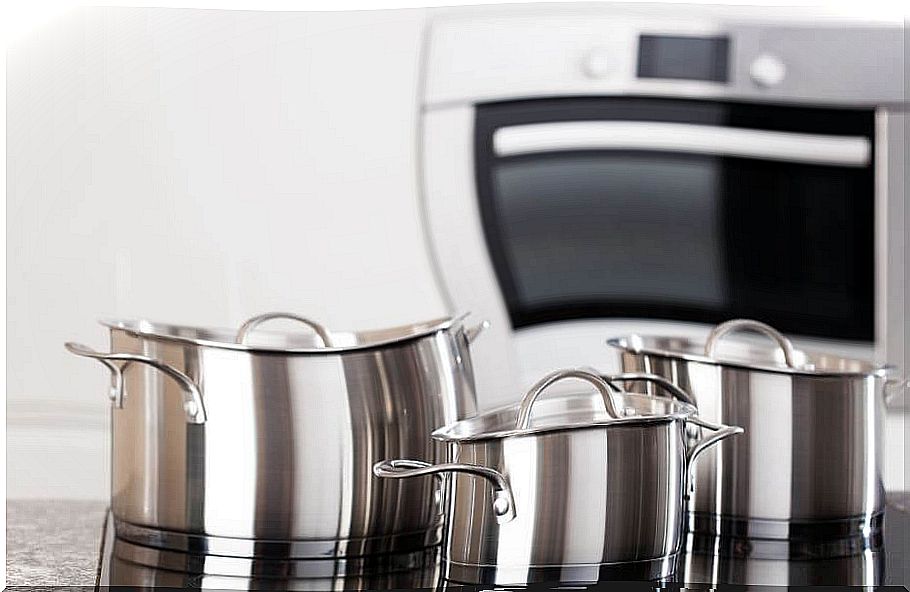
Create a ball out of enough aluminum foil and use it later to polish burnt pots or pots with some kind of food stain. It is a use that has been given to this element for many years!
5. Remove the fat from the oven
Instead of using harsh wire sponges, take a ball of aluminum foil and rub it over greased oven surfaces. Spray it with a lemon-bicarbonate solution — another traditional medicine cleansing formula —, let it dry for five minutes, and brush it over again to polish it.
6. Avoid rust on steel sponges
The moisture that is retained in the steel sponges after use causes the element to give off rust. To avoid staining the surfaces it is placed on, cut a rectangle out of aluminum foil and place it under the sponge. Try to change it at least every two days, so that it does not retain bad odors and mold.
7. Clean the iron, another use of aluminum foil
As the days go by, the iron gets dirty and thus acquires a black layer that can ruin the garments. To make it ‘like new’, put a sheet of aluminum foil on the table. Then add salt and stir it as if you were ironing.
8. Keep food fresh
If you want to keep bread, cookies, or other bakery edibles longer, a popular recommendation is to wrap them in foil as soon as you get home. It is preferable, however, to place a bag or paper in between to avoid direct contact of the aluminum with the food.
In this sense, something very important that we have to know is that aluminum can be transferred to foods and ‘contaminate’ them with levels of this metal that are too high for the body. A 2012 study by researchers from the Juan Agustín Maza University confirms this fact.
9. Make the cells or batteries work
Sometimes toys and some battery-powered appliances stop working because one end of the battery loosens and stops making contact.
To fix it in a matter of minutes, fold a piece of aluminum foil. Then cut it to the required size and put it on the contact spot. Also make sure the battery is tight and turn the device back on.
It is important that this procedure is carried out by a senior and with great care. As a MedlinePlus publication warns, batteries contain toxic substances that can be very harmful to health.
10. Clean the kitchen grill
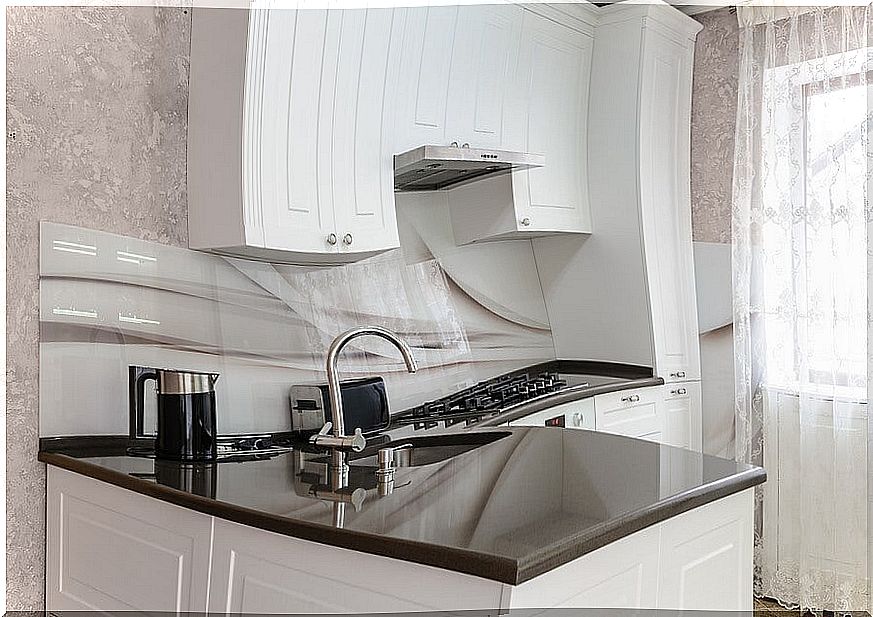
To remove food residue that adheres to the surface of the grill, wait for it to cool and rub it vigorously with a large piece of aluminum foil.
Aluminum foil: popular uses not recommended
As we noted earlier, certain ways of using aluminum foil could pose a health hazard. To finish this list of uses of this element, we will talk about two methods that, although they have been popular for a long time, it is preferable to avoid.
11. Cooking with aluminum foil, totally discouraged
When preparing a cake in the oven, it is common for its corners to burn even though the inside is still uncooked. To avoid this and get it to be perfect, many people appealed to cover it with aluminum foil before inserting it into the appliance. It is one of the traditional uses of this paper.
However, the reality is that this could be dangerous to your health. The study by professionals from the Juan Agustín Maza University of Argentina cited above found that heat can cause aluminum to transfer to food.
It is true that it is an element that is present in foods such as tea, vegetables and spices, but the concentrations that would be obtained as a result of its contact with food at high temperatures would be ‘unacceptable’ for the World Organization of the Health, as detailed in a study published in the International Journal of Electrochemical Science.
12. Bleach hair with aluminum foil?
Many stylists use foil as an alternative to dimpled caps that are used for bleaching. Although they are very different systems, the reason they do it is because those types of hats tend to break the hair strands.
However, if we are based on the results of the studies cited above, we could infer that the contact of aluminum with the chemicals in hair products could cause it to transfer to the skin.
Due to the fact that its main effects are manifested in the brain —the Argentine study relates aluminum to chronic diseases such as senile dementia or Alzheimer’s—, it seems inadvisable to use this material to work on hair. It is preferable, then, to opt for other, safer elements.
Have you used the aluminum foil for something else?
With all the above, we can see that it is an element with many uses. However, we must also emphasize that it can have consequences on health, and that is why it is better to avoid some traditional recommendations on its application.
Do you know more uses for this material? Now that we have given you some ideas, we hope you can get more out of it in your home. Be careful with the risks we mentioned before!

